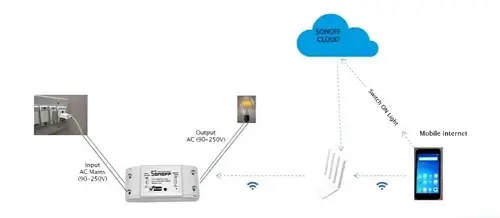Bourdon Tube Pressure Sensors in IoT: Classic Tech Meets Smart Systems
When we think of IoT sensors, it’s easy to imagine futuristic gadgets full of microchips and software magic. But sometimes, the backbone of smart technology comes from devices that have been around for centuries. Enter the Bourdon tube pressure sensor—a classic, reliable tool that still holds its ground in today’s IoT world.
What Is a Bourdon Tube?
The Bourdon tube is one of the oldest and most trusted ways to measure pressure. Invented in the 19th century, it’s a simple curved metal tube that straightens slightly when pressure is applied. This movement can then be translated into a pressure reading.
Think of it as a spring that reacts to pressure instead of weight. No fancy electronics are required, yet it’s surprisingly accurate and incredibly durable.
How Does It Fit Into IoT?
On its own, a Bourdon tube is purely mechanical. But when you combine it with sensors and IoT technology, you unlock a new level of functionality. By attaching a transducer that converts the mechanical movement into an electrical signal, the Bourdon tube becomes a modern smart sensor. That data can then be transmitted via IoT systems for monitoring and analysis.
Real-World Applications
- Industrial Machinery: Factories often rely on Bourdon tubes to measure steam, gas, or hydraulic pressure. IoT makes it possible to monitor these readings remotely, detect abnormalities, and prevent breakdowns.
- Oil & Gas Industry: Pipelines and drilling systems use Bourdon tubes because they’re rugged and reliable. Adding IoT means engineers can monitor pressure in real time from control centers miles away.
- Water Systems: Municipal water supply systems depend on stable pressure. IoT-enabled Bourdon tubes ensure leaks, bursts, or irregularities are detected quickly.
- HVAC Systems: Heating and cooling systems benefit from accurate pressure readings, which IoT can track for better efficiency and reduced energy waste.
Why They’re Still Relevant
You might wonder why we still use Bourdon tubes in the age of digital sensors. The answer is simple: they’re tough, affordable, and don’t require complex calibration. In environments where reliability matters more than cutting-edge sensitivity, Bourdon tubes shine. IoT just makes them smarter by letting them communicate data seamlessly.
Final Thoughts
The Bourdon tube is proof that old-school engineering still has a place in modern technology. With IoT integration, these mechanical marvels aren’t just relics of the past—they’re part of the future, ensuring industries stay safe, efficient, and connected.




